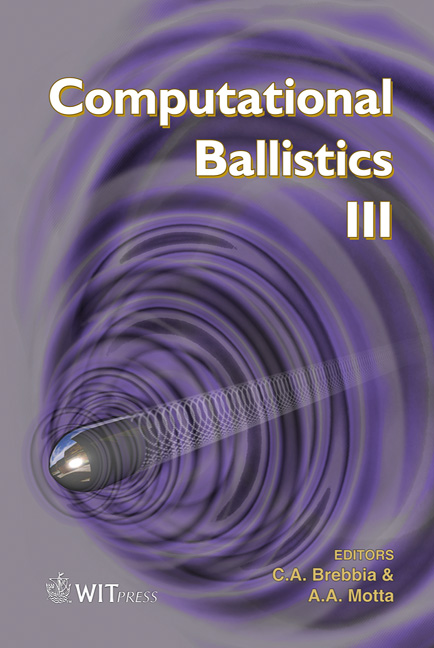A Computational Viscoelasticity/damage/plasticity Model For High-explosive Materials
Price
Free (open access)
Transaction
Volume
45
Pages
12
Published
2007
Size
1,006 kb
Paper DOI
10.2495/CBAL070101
Copyright
WIT Press
Author(s)
P. Rangaswamy & R. M. Hackett
Abstract
It is important to be able to accurately predict the behavior of high-explosive (HE) materials because of the sensitivity with which they respond in the environment in which they are designed to perform, and because they are also extremely sensitive to accidental mechanical shock, which might occur during handling. Thus it is imperative that a capability exists to develop a constitutive material model and simulate the response of HE materials subjected to a variety of thermomechanical loading conditions, a response that is characterized as highly complex. It has been demonstrated through uniaxial strain-rate experiments conducted at the Los Alamos National Laboratory (LANL) that the initial response of HE material is rate-dependent, with the growth of microcracks continuing under load until the yield strength is reached. In a material such as this, the initial stages of deformation involve both elastic and viscous mechanisms. It has been postulated that this observed behavior could be categorized as nonlinear viscoelasticity, coupled with continuing microcracking. A computational material model containing viscoelasticity, internal damage accumulation and rate-dependent plasticity has been formulated for the purpose of simulating the behavior of these types of material systems. The formulation has been incorporated as a user-defined material (UMAT) into the ABAQUS finite element code. It is demonstrated in this paper how the material model can be employed by calibrating it to the experimental response of the material Mock 900-21, a high-explosive material mock utilized at LANL. Keywords: computational, viscoelasticity, damage, fracture mechanics, plasticity, user material model.
Keywords
computational, viscoelasticity, damage, fracture mechanics, plasticity, user material model.




